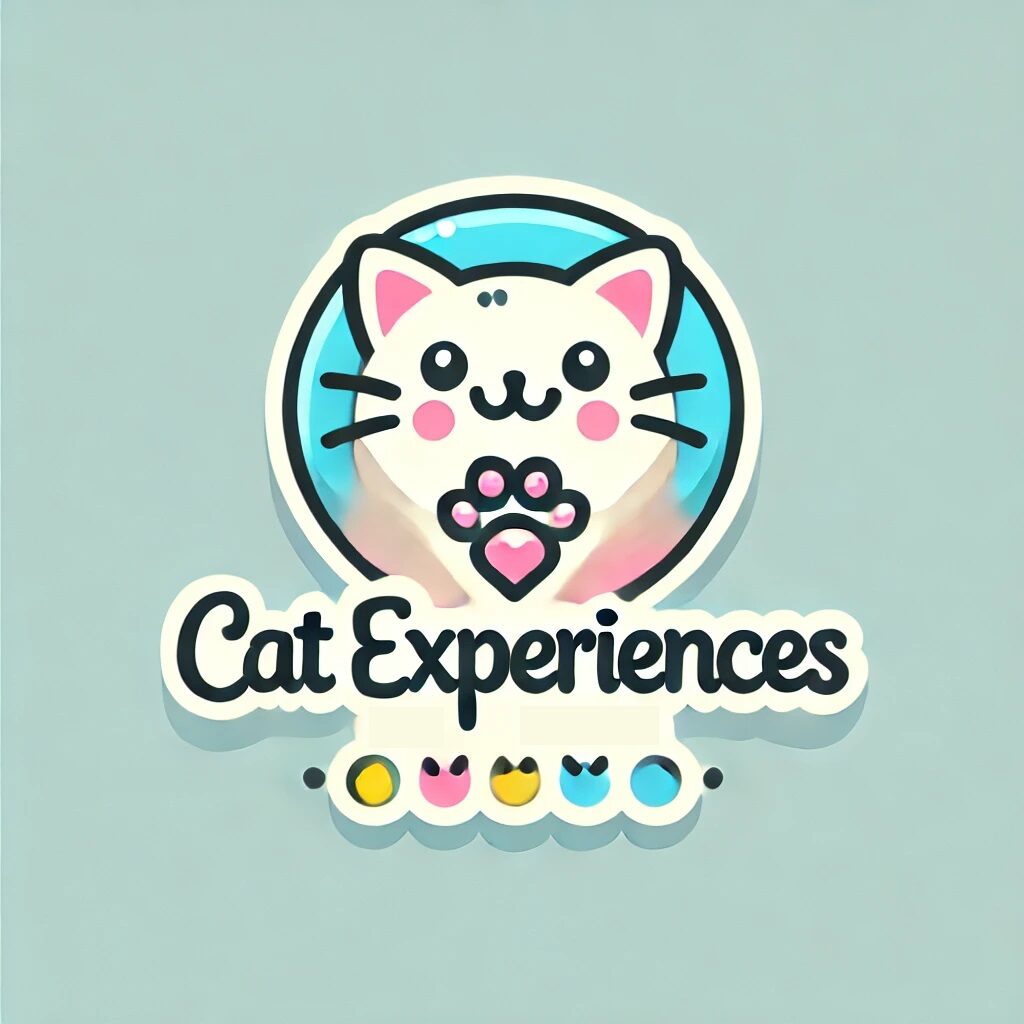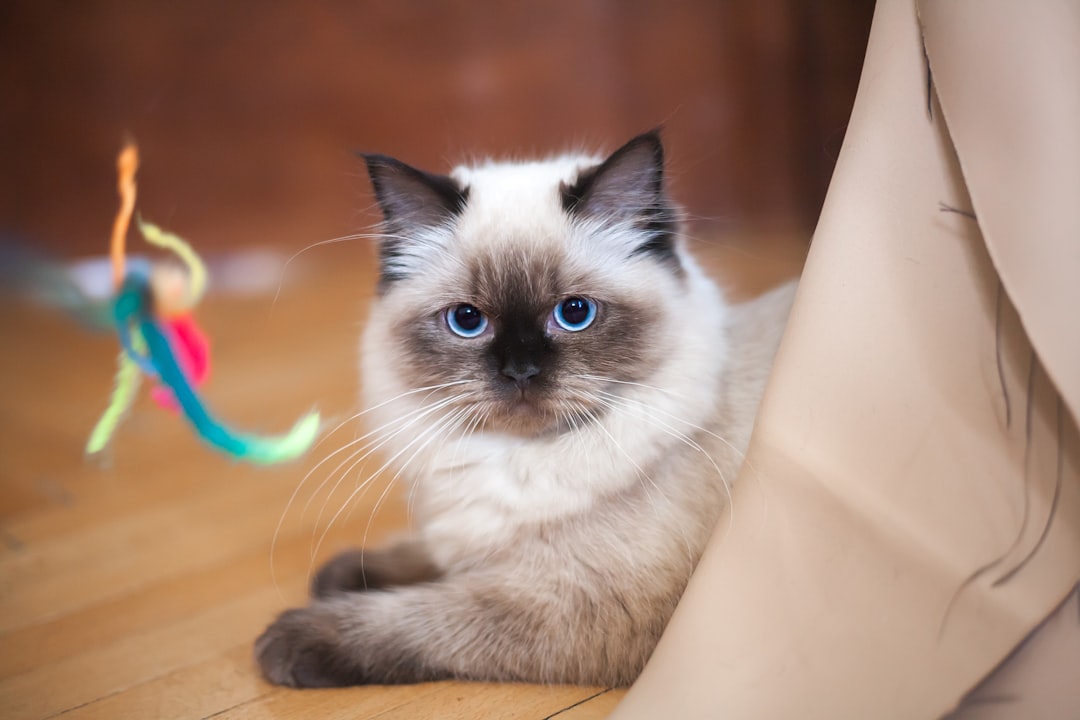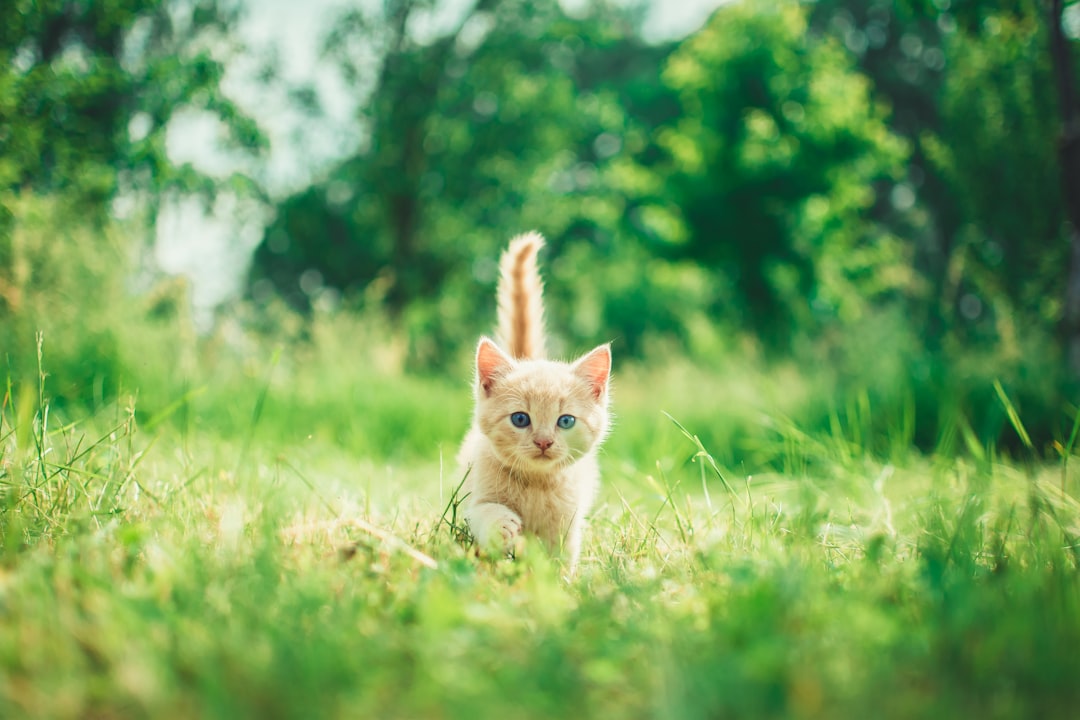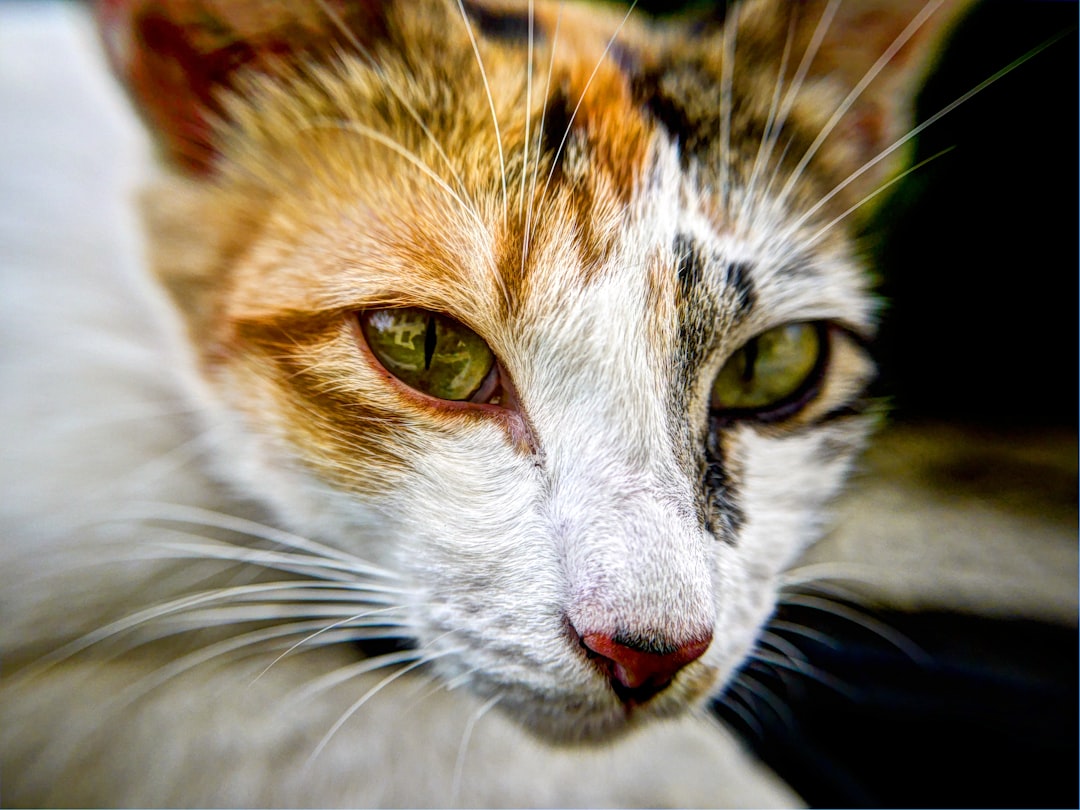Curiosity often leads cat owners to explore unconventional treats for their furry companions, but not all human snacks are safe for our feline friends. Can cats eat pistachio nuts? This question arises as pet parents seek to share their favorite foods with their beloved pets. Understanding cats’ dietary needs is crucial, as certain foods can pose serious health risks. In this post, we will delve into the nutritional profile of pistachio nuts, identify potential hazards, and explore other safe treat options for cats. By empowering ourselves with knowledge, we can ensure that our feline friends enjoy tasty snacks that are both enjoyable and safe.
Understanding Cats’ Dietary Needs
Cats are obligate carnivores, which means their dietary requirements are distinct from those of omnivores. Understanding these needs is crucial for ensuring the health and well-being of your feline friend.
Essential Nutrients for Cats
To thrive, cats require a balanced diet rich in specific nutrients. Key elements include:
- Proteins: Vital for energy and muscle development.
- Taurine: An essential amino acid that supports heart and eye health.
- Fats: Provide energy and help absorb certain vitamins.
- Vitamins and Minerals: Crucial for various bodily functions, including immune health.
Here’s a quick look at essential nutrients for a cat’s diet:
| Nutrient | Function | Sources |
|---|---|---|
| Proteins | Muscle development and energy | Meat, fish, eggs |
| Taurine | Heart and eye health | Animal-based proteins |
| Fats | Energy source | Fish oil, animal fats |
| Vitamins | Bodily functions and immunity | Meat, certain vegetables |
Common Dietary Restrictions
While cats are meat lovers, some foods can be harmful or even toxic. Here are a few to avoid:
- Onions and garlic: Can cause anemia.
- Chocolate: Known to be toxic to pets.
- Dairy products: Many cats are lactose intolerant and can suffer digestive issues.
Signs of Dietary Issues
It’s essential to monitor your cat for any signs that their diet may be lacking or causing problems. Watch for:
- Weight fluctuations: Unexpected weight loss or gain.
- Digestive issues: Vomiting, diarrhea, or constipation.
- Changes in coat condition: Dullness or excessive shedding.
Understanding these aspects of feline nutrition will help ensure that your cat receives the appropriate diet, enabling their overall health. Always consult a veterinarian when introducing new treats or foods, particularly when asking Can cats eat pistachio nuts?
The Nutritional Profile of Pistachio Nuts
Pistachio nuts are renowned for their rich flavor and crunch, but their nutritional profile is equally impressive. Understanding these aspects can shed light on can cats eat pistachio nuts? Here’s a closer look at the nutritional elements that make up pistachios.
Calories and Fats in Pistachios
- Calories: Approximately 159 calories per ounce (28 grams).
- Fats: About 12.8 grams per ounce, with healthy fats comprising:
- Monounsaturated fats: 6.7 grams
- Polyunsaturated fats: 3.9 grams
- Saturated fats: 1.5 grams
These components provide energy, but be cautious as cats require specific dietary fats tailored to their needs.
Vitamins and Minerals Present
Pistachios are packed with essential nutrients that offer various health benefits for humans. Here’s a look at some key vitamins and minerals:
| Nutrient | Amount per 1 oz (28g) | Benefits |
|---|---|---|
| Vitamin B6 | 0.3 mg | Supports metabolism and brain health |
| Thiamine | 0.2 mg | Vital for energy production |
| Potassium | 291 mg | Regulates fluid balance and nerve function |
| Magnesium | 28 mg | Aids in muscle and nerve function |
Health Benefits for Humans
While pistachios can be a nutritious snack for humans, they can pose potential health risks for cats. Some benefits include:
- Antioxidant Properties: Help combat oxidative stress.
- Heart Health: Monounsaturated fats support cardiovascular health.
- Weight Management: High in protein and fiber, which contribute to feelings of fullness.
Understanding the nutritional profile of pistachios is essential for making informed decisions about your furry friend’s diet. While these nuts are rich in certain nutrients, it remains vital to remember that not all human foods are suitable for cats.
Potential Risks of Feeding Cats Pistachios
While the question, “Can cats eat pistachio nuts?”, may arise among curious cat owners, it is crucial to consider the potential risks involved in feeding these nuts to your feline friend. Below are several significant concerns:
Digestive Issues in Cats
Cats are obligate carnivores, meaning their digestive systems are tailored to process meat rather than plant-based foods. Introducing pistachios can lead to:
- Upset Stomach: Cats may experience nausea or vomiting if they consume pistachios.
- Diarrhea: The high-fat content in these nuts can disrupt the normal digestive function, causing diarrhea.
- Intestinal Obstruction: Eating whole or large pieces could lead to serious blockages in the digestive tract.
Allergic Reactions
Cats can develop allergies to various food items, and nuts, including pistachios, may trigger adverse reactions. Symptoms to watch for include:
- Itching and scratching
- Swelling around the face or limbs
- Difficulty breathing
If you notice any of these symptoms, it’s paramount to consult your veterinarian immediately.
Choking Hazards
Pistachios, particularly when unshelled, pose a choking risk to cats due to their small size and hard texture. There are several factors to consider:
- Shells: The hard shells can be harmful and may cause choking.
- Size of Pieces: Even shelled pistachios could get lodged in a cat’s throat if not properly chewed, especially in the case of lively, playful felines.
In sum, while “Can cats eat pistachio nuts?” seems like an innocuous question, the associated health risks make it essential to consult with a veterinarian before introducing such foods into your cat’s diet.
What Other Nuts Can Cats Eat?
Cats are obligate carnivores, but pet owners often wonder about the safety of incorporating some nuts into their feline’s diet. While some nuts may be safe in moderation, it is crucial to identify which varieties are appropriate. Below is a comprehensive look at safe nuts, nuts to avoid, and preparation tips for your feline companion.
Safe Nuts for Cats
Some nuts can be a healthy treat for cats when offered occasionally:
- Peanuts: Technically a legume, peanuts are high in protein and can be safe in small amounts.
- Almonds: Rich in Vitamin E, but should be unsalted and unsweetened.
- Cashews: Safe in limited quantities, they provide protein and healthy fats.
| Nut Type | Safety Status | Nutritional Benefits |
|---|---|---|
| Peanuts | Safe | High in protein |
| Almonds | Safe | High in Vitamin E |
| Cashews | Safe | Healthy fats and protein |
Nuts to Avoid
Certain nuts pose significant risks to your cat’s health:
- Macadamia nuts: Highly toxic and can cause symptoms like lethargy and tremors.
- Walnuts: May lead to gastrointestinal distress and are harder for cats to digest.
- Pistachios: High-fat content can upset your cat’s stomach and they could pose a choking hazard.
How to Prepare Nuts for Cats
If you decide to treat your cat to nuts, follow these preparation guidelines:
- Portion Control: Offer no more than a few bits at a time to prevent overconsumption.
- Unsalted and Unflavored: Avoid any added salt, sugar, or flavorings.
- Chopped or Ground: Consider grinding nuts into a fine powder for easy consumption, minimizing choking risks.
In summary, while you might be tempted to share your snacks, always prioritize your cat’s health when asking, “Can cats eat pistachio nuts?” and remember, moderation is key!
Understanding Safe Treats for Cats
When it comes to pampering your feline friend, selecting safe treats is essential for maintaining their health and happiness. Felines have unique dietary requirements, making it crucial to choose snacks that align with their nutritional needs.
How to Choose Cat Treats
- Look for Quality Ingredients: Opt for treats that have high-quality protein as their primary ingredient. Avoid those with fillers like corn and soy.
- Check for Added Nutrients: Treats with omega fatty acids or vitamins can provide extra health benefits.
- Be Mindful of Caloric Content: Treats should not exceed 10% of your cat’s daily caloric intake to prevent obesity.
Homemade Treat Ideas
Creating your own cat treats can be a fun and healthy alternative. Here are a few simple recipes:
- Chicken or Fish Bites: Cook and dehydrate small pieces of chicken or fish. These protein-packed snacks are sure to please.
- Pumpkin Purrs: Blend canned pumpkin (not the spiced pie filling) with a bit of flour to form a dough, bake, and cut into small pieces.
Commercial Treats to Consider
If you’re short on time, these popular commercial treats are generally safe for cats:
| Brand | Key Features |
|---|---|
| Greenies | Dental health benefits |
| Temptations | Soft and crunchy textures |
| Wellness Kittles | Grain-free options, high protein |
Feeding your cat safe treats can enhance their diet and reinforce positive behavior. Always consult your vet if unsure about specific treats or introducing new foods. Remember, can cats eat pistachio nuts? It’s essential to prioritize their well-being when selecting any snacks.
The Role of Treats in a Cat’s Diet
Treats for Training
Treats can serve as a powerful tool for training your feline companion. Just like dogs, cats can be motivated to learn new tricks or behaviors when rewarded with delicious snacks. Here’s how treats can aid in training:
- Reinforcement: Use treats as a reward for positive behavior, helping to establish good habits.
- Bonding: The act of training with treats creates a positive experience that strengthens your bond with your cat.
- Versatility: Choose treats that align with your cat’s preferences, making training sessions more effective and enjoyable.
Importance of Moderation
While treats play a beneficial role, moderation is crucial to prevent health issues. Consider the following points:
- Caloric Intake: Treats should account for no more than 10% of your cat’s daily caloric intake to maintain a healthy weight.
- Nutritional Value: Opt for treats that provide beneficial nutrients rather than empty calories.
- Potential Overindulgence: Regular indulgence can lead to obesity or gastrointestinal issues; therefore, monitor treat quantity.
Balance with Main Diet
It’s essential to balance treats with your cat’s main diet:
| Aspect | Treats | Main Diet |
|---|---|---|
| Nutritional Value | Often lower than main meals | Designed to meet all dietary needs |
| Frequency | Occasionally (training/reward) | Daily, every meal |
| Purpose | Motivational, training | Sustenance, nutrition |
At the end of the day, understanding the role of treats in a cat’s diet helps ensure a happy and healthy life for your furry friend.
How to Introduce New Foods to Your Cat
Introducing new foods to your cat requires caution and thoughtfulness. Cats can be quite sensitive to dietary changes, so following a structured approach ensures their safety and comfort.
Gradual Introduction Method
When you decide to incorporate a new treat or food into your cat’s diet, the gradual introduction method is essential. This technique minimizes the likelihood of digestive issues. Here’s how to do it:
- Day 1-2: Mix a small amount of the new food with their regular food (about 10% new, 90% old).
- Day 3-4: Increase the proportion to 25% new food and 75% old food.
- Day 5-7: If no adverse reactions occur, you can switch to a 50-50 mix.
- Beyond Day 7: Keep increasing until the new food makes up the desired percentage of their diet.
Monitoring for Reactions
It’s crucial to watch for any signs of adverse reactions when introducing new foods. Here are some symptoms to monitor:
- Digestive Issues: Vomiting, diarrhea, or constipation.
- Behavior Changes: Increased lethargy or signs of discomfort.
- Allergic Reactions: Symptoms like itching, swelling, or excessive grooming.
Consulting Your Veterinarian
Before introducing any new treat or food, discussing it with your veterinarian is advisable. A vet can provide tailored advice considering your cat’s health history, age, and any potential allergies. They can help you determine if can cats eat pistachio nuts? or any other unusual treats are safe for your feline companion.
By following these guidelines, you can help ensure that your cat adapts safely to new foods, contributing to a healthy and balanced diet.
Alternatives to Pistachios for Feline Treats
When it comes to spoiling your feline friend, there are plenty of alternative treats that are both safe and healthy. If you’re pondering on the question, Can cats eat pistachio nuts?, it’s essential to consider other options for satisfying your cat’s taste buds. Here are some great alternatives to pistachios:
Fruits and Vegetables for Cats
Cats can benefit from small amounts of certain fruits and vegetables. Offering these in moderation can be a delightful and nutritious snack. Here are some cat-friendly choices:
| Food Item | Benefits |
|---|---|
| Blueberries | Rich in antioxidants |
| Carrots | Supports vision |
| Pumpkin | Aids digestion |
| Cucumber | Hydrating and low in calories |
Commercial Treat Alternatives
Several brands specifically formulate treats designed for feline health. Consider these trusted categories:
- Natural Cat Treats: Look for products with real meat or fish as the primary ingredient.
- Dental Treats: Help control tartar buildup while satisfying your cat’s chewing instinct.
- Grain-Free Options: Perfect for cats with sensitive stomachs.
Meat-Based Treats
Cats are obligate carnivores, meaning they thrive on animal-based proteins. Here are some popular options:
- Freeze-dried fish or chicken: High protein and an enticing aroma for cats.
- Beef liver bites: Nutrient-dense, these can be cut into small pieces for a savory snack.
By exploring these alternatives, you can indulge your feline without worrying about the risks associated with feeding them can cats eat pistachio nuts? Select the right treats for their health and happiness!
Final Thoughts on Snacks for Your Cat
Understanding Your Cat’s Preferences
When considering what treats to offer your feline friend, it’s essential to understand their personal likes and dislikes. Cats are notorious for being picky eaters, so observe their reactions when trying new snacks. Some key points to remember include:
- Taste: Cats often prefer meaty flavors or fish over nuts or sweet treats.
- Texture: Many felines enjoy crunchy kibble, while others may prefer the softness of treats.
- Scent: A strong aroma can entice your cat to try a new snack.
Incorporating Treats Safely
While it can be tempting to share human snacks such as nuts, it’s important to be cautious. Can cats eat pistachio nuts? The answer is often no due to potential risks. Keeping treats safe involves:
- Moderation: Treats should only make up about 10% of your cat’s daily calorie intake.
- Health Risks: Avoid high-fat and salty snacks like pistachios, as they may lead to gastrointestinal issues.
- Consulting Your Vet: Discuss new treats with your veterinarian to ensure they fit into your cat’s diet.
The Importance of Variety
Just like humans, cats benefit from a varied diet. Offering a range of treats can help maintain a balanced intake of nutrients. Consider the following suggestions:
- Protein-rich treats: Such as freeze-dried chicken or beef.
- Natural snacks: Like small pieces of cooked chicken or fish.
- Commercially prepared: High-quality feline treats that are nutritionally balanced.
In summary, providing safe and diverse snack options while remaining attuned to your cat’s preferences enhances their enjoyment and health.
Frequently Asked Questions
Are pistachio nuts safe for cats to eat?
Pistachio nuts are not considered safe for cats to eat. While small amounts may not cause harm, they are not a natural part of a cat’s diet and can lead to digestive upset or obesity due to their high fat content. Cats are obligate carnivores, meaning their dietary requirements are best met with proteins from meat, rather than nuts or other plant-based foods.
What should I do if my cat accidentally eats a pistachio nut?
If your cat accidentally eats a pistachio nut, it is important to monitor their behavior for any signs of discomfort, such as vomiting, diarrhea, or lethargy. In most cases, small amounts are unlikely to cause serious problems, but if you notice adverse reactions or if your cat ingests a large quantity, it is advisable to contact your veterinarian for further advice and possible treatment.
What are some safe treats for cats?
Safe treats for cats include small pieces of cooked meats such as chicken, turkey, or fish. You can also offer commercial cat treats specifically formulated for feline dietary needs. Additionally, you can provide small amounts of catnip or specially made cat grass, which are both enjoyable and safe for cats. Always ensure treats do not exceed 10% of their overall daily caloric intake.
Can cats have any nuts at all?
While some cat owners may wonder about nuts, most nuts are not suitable for feline consumption. Nuts like almonds, walnuts, and pistachios can lead to gastrointestinal upset, and certain nuts can be toxic to cats. It’s best to avoid giving any kind of nuts to your cat and to focus on meat-based treats that meet their nutritional needs.
Are there any health risks associated with feeding cats human food like nuts?
Yes, there are health risks associated with feeding cats human food, particularly nuts. Many human foods are high in fats, salt, and sugar, which can lead to obesity and other health issues in cats. Additionally, certain foods can be toxic to cats, causing severe health problems. It’s important to stick to a diet that is specifically designed for feline health and well-being.



